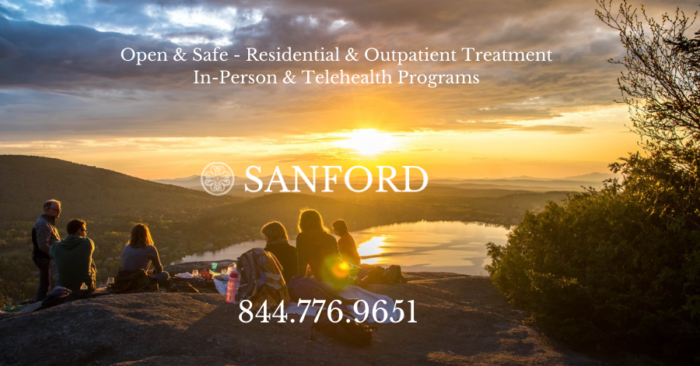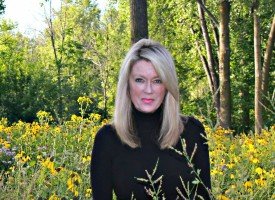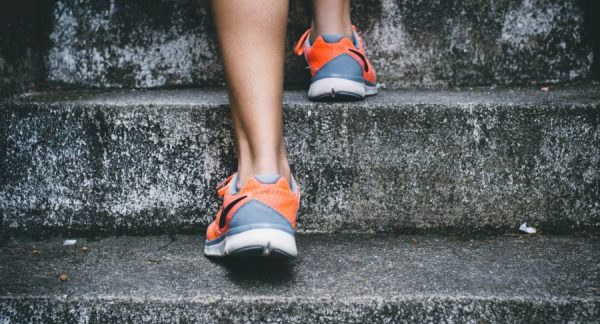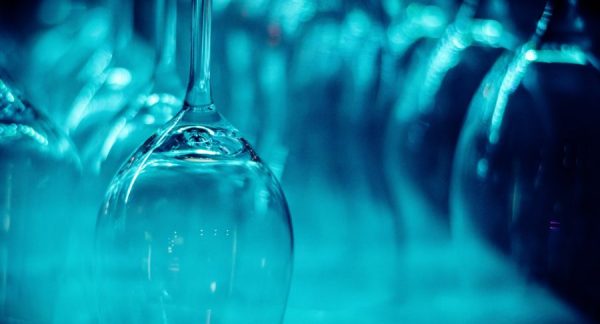Figuring Out the Formula for Long-Term Recovery
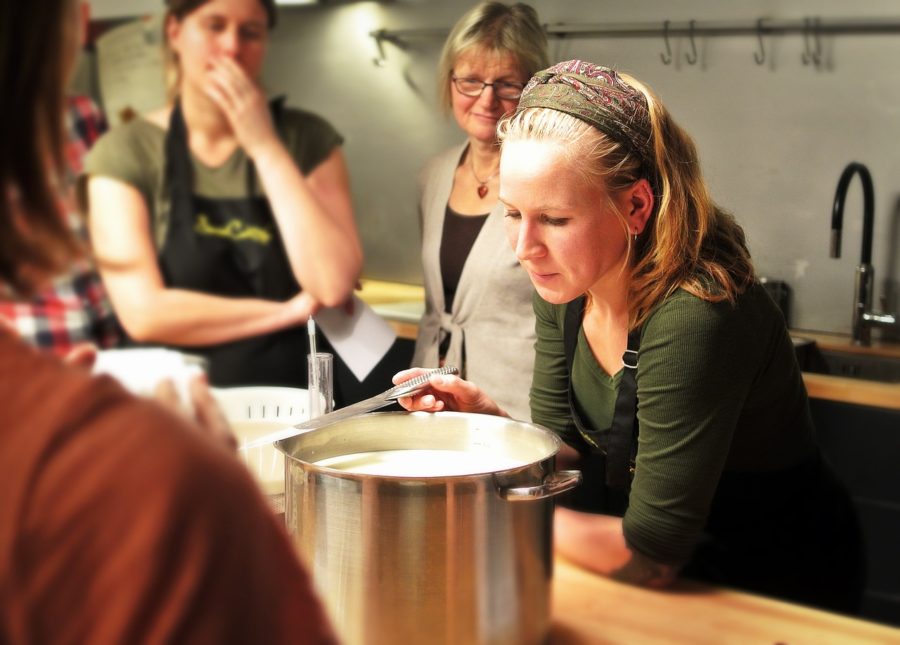
What is the formula for long-term recovery?
I’ve been in recovery for eight and a half years. During that time, I have evolved into a completely different person: I lead an intentional and healthful life with a sense of purpose and meaning. I have never felt so alive and so empowered. My journey wasn’t easy, but it absolutely was worth it. I wouldn’t be who I am without all of the lessons, guidance, painful growth, and help from others.
Evolution of My Recovery
While it feels like a lifetime ago that I got sober, I still vividly recall the desperation I’d felt trying to achieve recovery on my own. I couldn’t string together more than a few days of sobriety. After every binge and blackout I’d wake up with feelings of shame and a renewed determination to do better next time, only to fail. For over five years I tried to stop drinking on my own, unsuccessfully. No matter how many times friends and family members begged me to stop drinking, I couldn’t.
During my last binge something changed, though. For the last eight years I’ve been trying to figure out the formula that finally led me into long-term recovery.
The last time I drank was March 25, 2012. I’d consumed 14 bottles of wine that weekend and reached the depths of rock bottom. I’d lost my job, most friendships, and had been cut off by family. I was severely depressed, my body was sick, and I felt like I had nothing to live for.
What changed that weekend is that I finally faced my denial. I acknowledged that continuing to drink four bottles of wine a day was slowly killing me. I reached a crossroads: I knew I couldn’t carry on in this life. There was nothing to live for, but I didn’t want to die, either. I had to get help this time, rather than keep trying to get sober alone.
I landed in AA on March 26, 2012. My first sponsor always laughed recalling that moment. I’m told I plonked my butt in the chair and announced, “I’m Liv and I’m new here.” She told me I looked utterly defeated. I felt it. I was barely able to look at anyone because I was so ashamed that my life had come to this. But within the course of a 90-minute meeting something changed inside of me — I started to feel a renewed sense of hope. Maybe, I thought, with the help of this group, I might be able to stay sober. And I did.
Figuring out the formula…
During the first five years of sobriety I went to meetings regularly, found a sponsor, worked the steps, and experienced freedom from alcohol for the first time in my life. I felt lighter in spirit. It’s like life took on a new dimension. Life had color. I had all of this time and space to live, see friends, and get to know who I am. I felt a tremendous amount of healing during these years. And I also made some great friendships and had never felt so connected — the opposite of the isolation and desperation I had felt in the depths of addiction.
It wasn’t all rosy, though. I still struggled with mental health, experiencing episodes of depression and intense food cravings. I gained weight and I felt exhausted a lot of the time. It didn’t make sense to me to experience freedom from alcohol but still feel weighed down by my body and mental health.
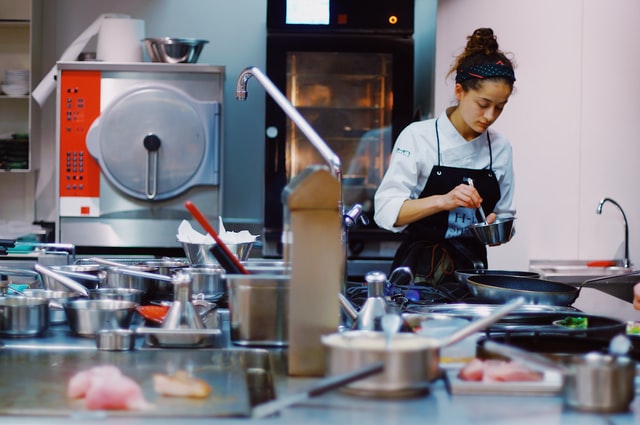
Cooking up some coping skills…
Liv’s Recovery Kitchen
That’s why I started Liv’s Recovery Kitchen: to share my journey of a holistic recovery, looking after my whole self, not just the spiritual self that I addressed in AA. I worked with a health coach, started exercising, and began exploring how others across the world recover. Starting the blog was simply a cathartic experience. I never expected anything to come of it. My only goal was to ensure that there was a resource out there for a person like me — a place to validate the feelings of ill health, exhaustion, and struggles with food in sobriety.
Sanford Addiction Treatment Centers played a huge part in my evolution. A few months into my blog I received an email from Marilyn, Sanford’s marketing director, sharing words of encouragement and support for my writing. She also asked me to consider contributing to Sanford’s blog, Excursions. I couldn’t believe it. I’d never considered myself much of a writer. I simply put my fingers on the keyboard and communicate what’s in my heart.
I took a huge leap of faith and decided to grab the opportunity and write for Sanford. Seeing my words published gave me a sense of purpose. It also gave me the confidence to approach publications and share my writing more broadly.
Writing as a Recovery Tool
Writing became the most useful tool in my recovery, and it still is today. It is a means of processing for me. It enables me to articulate aspects of my recovery and growth in a way I’ve never experienced before. It’s better than talk therapy: it helps me put things into perspective, to explore situations from different angles, and to form a point of view.
And each time I write it shows me how I have evolved and what I have learned. That’s a really powerful experience for people in recovery. Oftentimes it can feel like we’re not progressing, or that we’re struggling repeatedly with the same issues. Writing and journaling helps you to see that you’re not stuck, that there is a way out, and that often you’re already on your journey.
What happened next still takes my breath away. As my writing became more widely published, I decided to move from the UK to the US to pursue a writing career. I had far greater career opportunities in the US and the UK was quite reserved for this type of writing (the Brits aren’t as open about their feelings!). However, I didn’t know anyone here, I didn’t have a job, and I had nowhere to live. While some told me what I was doing was crazy, I had never felt so driven in my life. It was a huge risk, but I managed to make it.
Over the last (nearly) four years, I’ve found my footing in Oregon. I’ve been a writer during this whole time, bought a house, and rescued a black lab called Bowie. The move wasn’t easy, though. In fact, it was probably harder than getting sober. But I did it. And I couldn’t have done it without getting sober first — without the belief in myself that I can do hard things, like finding recovery. AA gave me the foundation to pursue a life that I never dreamed possible. For that I’m eternally grateful.
My Recovery Today
My recovery today looks a little different: I now use therapy, exercise, mindfulness, somatic experiencing, and healthy eating for recovery. I use support groups online for my recovery community, and I founded a peer group for people who have left AA and still want to support one another.
Recovery has given me the opportunity to be my whole self. It has shown me how strong, resilient, and capable I am. As I write this I have just taken the next step in my journey by embarking on a social work program at graduate school — something that I never would have thought possible eight and a half years ago.
For more articles by Liv, click HERE.
